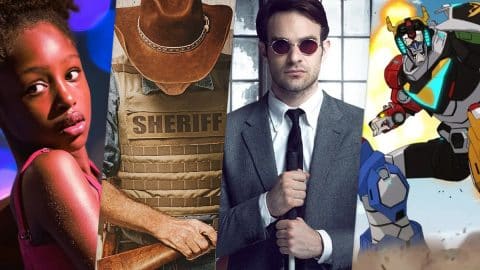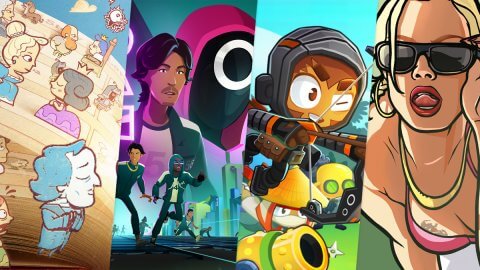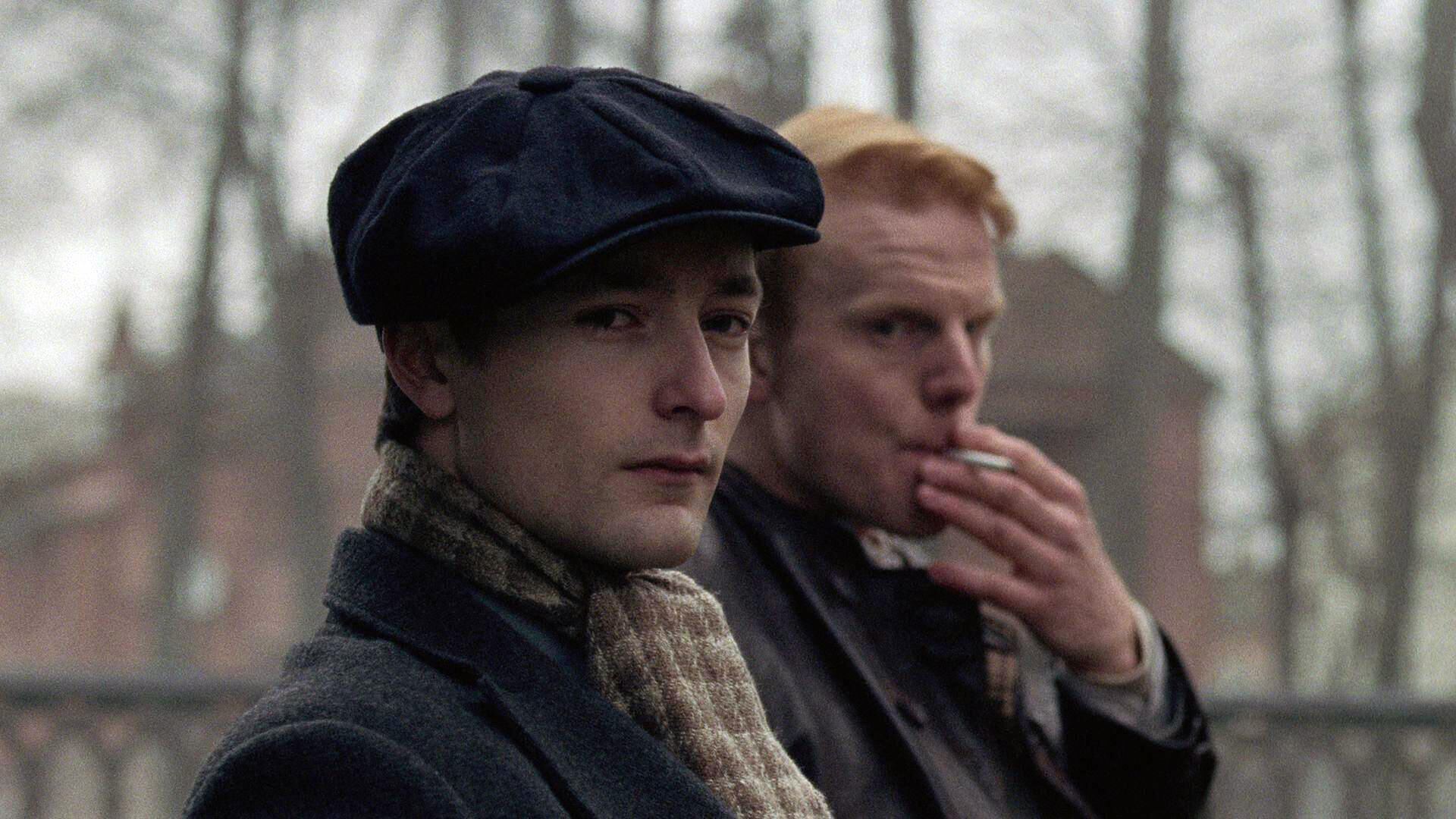
Picture: Netflix
The Norwegian original film Number 24 hit Netflix on New Year’s Day and became the most-watched non-English language film on the platform globally in its debut week. But before doing so, the film – an action-packed biopic of Gunnar Sønsteby, the leader of the Norwegian resistance to Nazi occupation during World War II – had already played in theaters in its home country, where it was the biggest homegrown hit of 2024.
In this exclusive interview, we speak to Espen Horn, the CEO of Motion Blur, the film’s producer, about the making of Number 24 and the film’s global popularity. As you may have seen, the movie picked up over 8.8M views in its first week on the platform. As Motion Blur was also behind Troll, the most popular non-English language film ever on Netflix, the two also discussed the upcoming release of the film’s sequel.

Q: Congratulations on the success of Number 24, which was the highest grossing Norwegian film at the Norwegian box office in 2024 and which is now the no.1 non-English language movie on Netflix. It must have been an amazing journey for you and the team at Motion Blur. What are your thoughts on its global reception?
Espen Horn: It’s quite fun, actually, to see how it spreads out after being in theaters in Norway for 60 days or so. But then, to be number 1 on Netflix like this blows my mind because it’s not a given thing that a World War II film from Norway is anything anyone from Europe or Asia or Africa or South America or America or wherever want to see. But it resonates with the audience which gives me great pleasure and I’m very humbled for that but very happy with the theatrical numbers, the platform viewership and also with the reviews on Netflix and many websites.
Q: What do you think sets Number 24 apart from other World War II films?
EH: I think what we’ve accomplished with Number 24 is to ask difficult questions: what’s the price of democracy? What would you have done in such a situation? These are the questions young men and women asked themselves in Norway in 1940, and they’re the same ones being asked today by youth in Palestine, Israel, Lebanon, Ukraine, and Russia. That connection resonates deeply with audiences. People understand that history could and is repeating itself.
Q: Can you tell us a bit about how the film came together?
EH: This film had been in development since 2019–2020, and even back then, the invasion of Crimea had already happened. By the time we started shooting, the full-scale invasion of Ukraine had begun, which influenced the way we worked with the script.
The film was developed with John M. Jacobsen, a legendary Norwegian film producer. He had been developing the script with a scriptwriter called Espen von Ibenfeldt, who wrote the original script. John asked us – myself and my producing partners Kristian Strand Sinkerud and Terje Strømstad – to come on board to produce the project. And in came John Andreas Andersen to direct who teamed up with Erlend Loe as writer. They came up with the contemporary storyline with old Gunnar confronting and being confronted by youth in present time. John Andreas used to be a cinematographer and had the idea to shoot most of the film on 35 mm.
It was also important to have a young cast—they were as young as the real people in the Resistance during WWII. That gave the film authenticity. Shooting on 35mm film added to that. It created a seriousness on set because every take mattered. We weren’t shooting everything from multiple angles. Each scene was meticulously planned, which you can see in the final product.
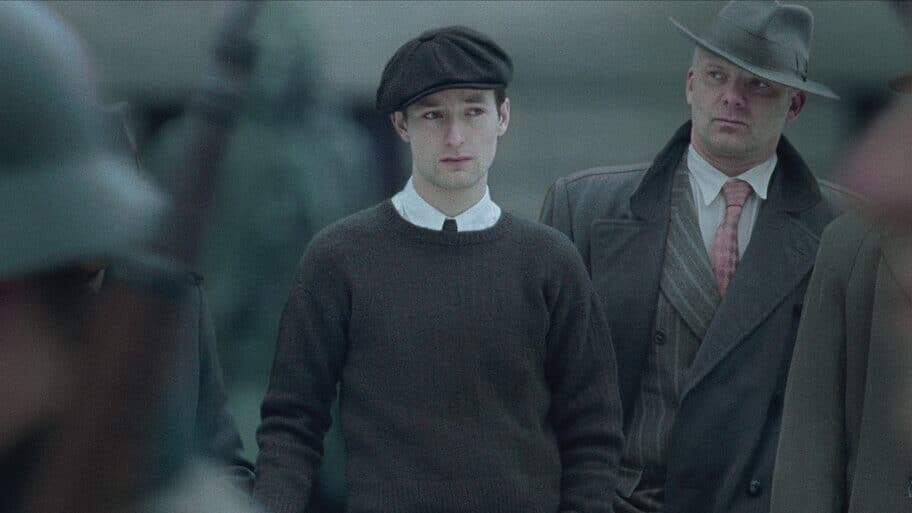
Q: The film had both a successful theatrical run and a strong debut on Netflix. How did you balance those two releases?
EH: It was all part of the financing plan. The deal with Netflix was set before release, and we knew there would be a 60-day theatrical window. Some cinema owners didn’t fully understand why it had to leave theaters to go to Netflix, but it was part of the agreement. Without Netflix, as well as without the Norwegian Film Institute or SF Studios, we wouldn’t have been able to make the movie. Netflix are not just a streaming platform—they were part of the financing from the beginning.
Q: Speaking of the financing plan, how much was the budget in the end? The film’s production values and special effects look very expensive.
EH: Yeah, well, I mean, this is a fairly cheap film by European standards. By Norwegian standards, it was a fairly large film. It was about €6.5 million. It was a stretch to make it for that amount of money. But the work ethic that comes from 35 mm also blends into the way we are very meticulous about the planning of the week of each day, of each hour. The rehearsals were more important than before to be able to be on the set the day before or the evening before and do a rehearsal with the set and the actors on the set became more important. In that way, we were more working more like the old school.
Q: What has your experience been like working with Netflix?
EH: Netflix has been fantastic. They’re quick to make decisions, highly skilled in marketing, and open to collaboration. They listen to filmmakers, which makes them great partners. Their reach is amazing—this film is being watched in countries across Europe, Asia, South America, and beyond. Without Netflix, this level of global exposure wouldn’t have been possible.
Q: What’s next for Motion Blur?
EH: We’re in post-production on Troll 2, which is set to release in the fall of 2025 (see an interview with the team from the first Troll here). Beyond that, we have a slate of 10–15 projects, including action thrillers, historical dramas, and even our first Danish film, an action thriller to directed by Mehdi Avaz. We’re also exploring more collaborations with Netflix, whether it’s theatrical releases or streaming originals.
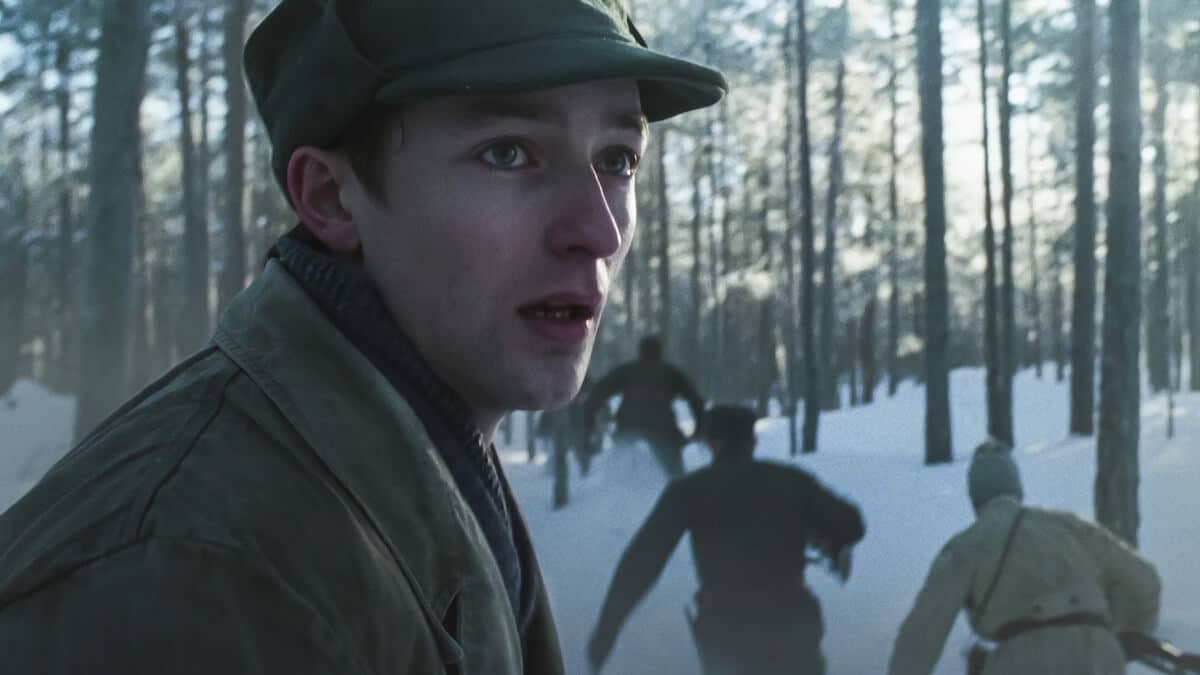
Q: Finally, what’s been the most rewarding part of this journey?
EH: Watching Number 24 find a global audience has been the most rewarding. It’s humbling to know that a film about Norway’s history is resonating with people all over the world. The collaboration with Netflix, SF Studios, and the Norwegian Film Institute made it all possible. It’s been an incredible journey, and I’m grateful for everyone who contributed to the film’s success.

